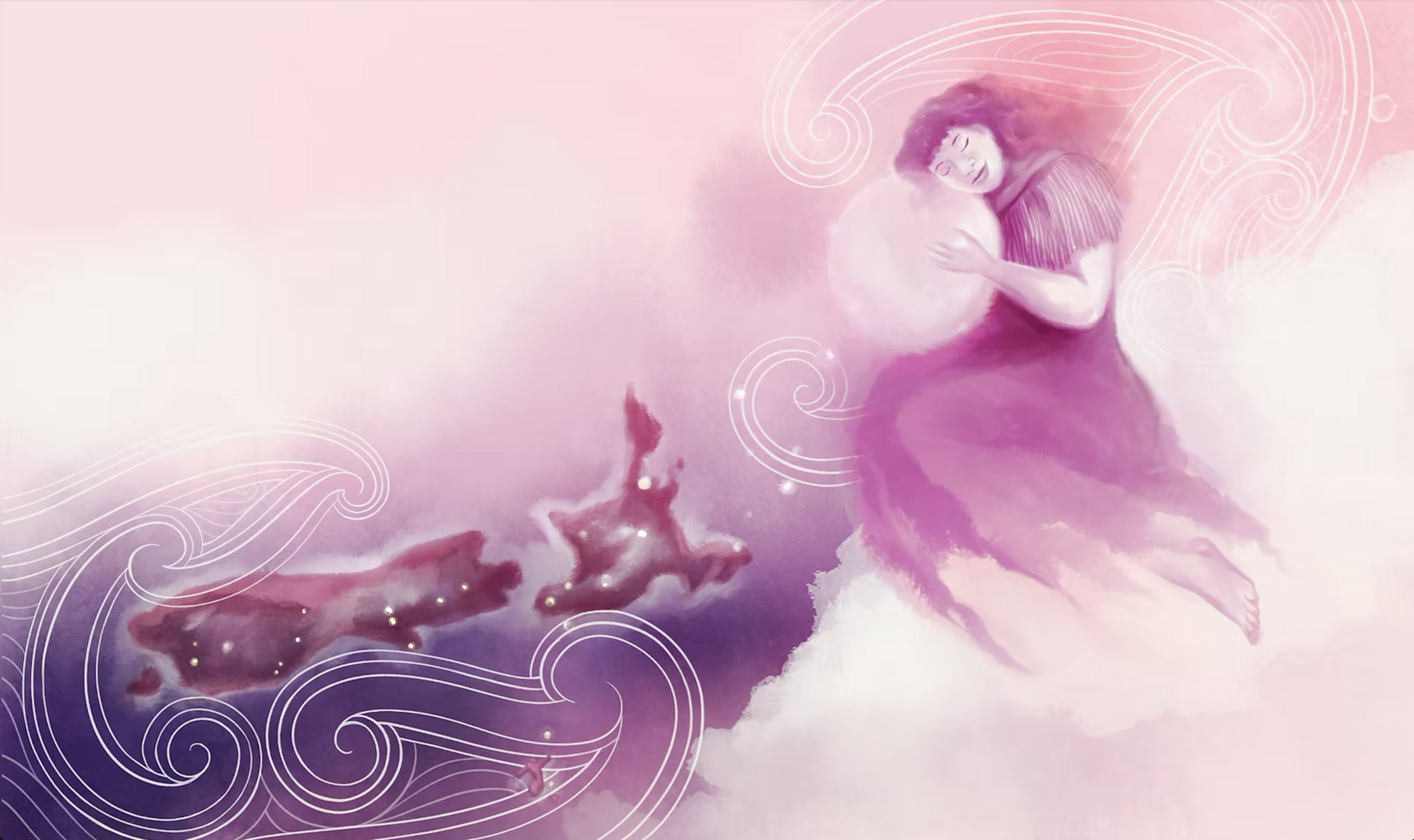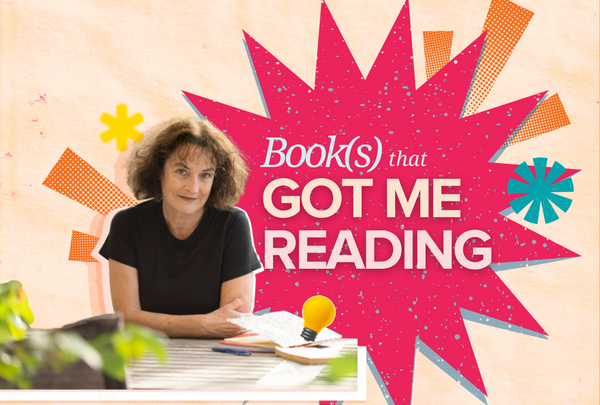Latest updates
Matariki ki te Ao: A conversation with Izzy Te Aho-White

We chatted with illustrator Izzy Joy (Ngāi Tahu, Ngāti Kahungunu ki te Wairoa) about the upcoming release of Matariki ki te Ao, the te reo Māori edition of the #1 bestseller Matariki Around the World by Rangi Matamua and Miriama Kamo.

How do you approach large-scale work like this, and how do you get to a place where you feel connected with the author’s words?
Usually the publisher will send me a synopsis of a work to see if I’m interested in doing the illustration. I’ve been lucky that publishers have approached me with work that is in my field of interest – Te Taiao, Kaupapa Māori - and Matariki ki te Ao is right in that zone. So, from that standpoint, and with Miriama’s warm, playful tone and Matua Rangi’s wealth of knowledge, it was easy to feel connected to this one. I approach a job like this by breaking it down into stages, first I’ll read the manuscript and scribble some (very rough) ideas that come to me while I read the text, because sometimes first impressions can be the most powerful. From there I’ll refine these concepts into a storyboard and do style experimentation and character studies. After several rounds of feedback with the publishing team (tends to vary depending on the complexity of the project), we’ll have the final illustrations ready for print. I like to work closely with the designer – in this case, the brilliant Vida Kelly – because the designer’s flair is crucial to making a book feel polished and cohesive.
How long does it take to illustrate each page?
All up, each page will take about a day or two, going from the concept sketches to the final. This book had quite a lot of reference collection at the start because of all the different cultures that were being represented, and the details needed to be as accurate as possible to honour the people that these stories come from. I was confident with the Pasifika, Māori and Pākehā representations, but for cultures like Indian and Navajo, their tikanga was quite unfamiliar to me so I needed cultural assistance and checks for those.
What medium did you use for these illustrations and why?
I used a mix of watercolour and digital for this book - watercolour is my favourite medium, it’s adaptable and can be both loose and precise when needed. Loose washes and plenty of breathing space suited the dreamy feel of a book about a star cluster. I incorporate digital technology into my workflow because it makes the editing process easier and quicker – If I need to move the composition around, I can do that on layers as opposed to redrawing the whole thing.
Do you have a favourite illustration from this book?
Waipunarangi, because she reminds me of my sister and I think I captured her āhua.



How do you work with Rangi and Miriama, Pānia and Leon - what does a collaboration with this many people look like?
A book like this has a lot of moving parts, all the people that work behind the scenes at Scholastic and Kotahi Rau Pukapuka as well! I will often speak with the writers at the beginning and end of the illustration stage, but most of my process work is done with the editing and design team. Pānia and Leon were brought in after my work to do the translation, so although I’ve met them at events, I didn’t correspond with them directly for this project.
Was there one of the 21 stories that you particularly connected with?
I think Freyja (Scandinavia) is super cool, I love her affinity with chickens, cats and lady bugs. I also found the correlations between the Kungkarangkalpa (Western Australia) and the Pleaides (Greece) very interesting.
How does your work require you to draw on your whakapapa and on te ao Māori?
Ki ōku nei whakaaro - he Māori ahau, nō reira, ngā mahitoi katoa i a au i te āhua o tōku whakapapa me ōku Māoritanga. In my view, what we do as Māori creators is inherently an expression of our whakapapa, whether we use traditional methods or not. For me, I gravitate towards the designs that are commonly seen in the whakairo, rāranga, kōwhaiwhai and tā moko of our tīpuna. I love how these designs are used to convey meaning, and that the meaning can change within context – sort of like a pictographic language. So, when I’m using designs like poutama or koiri in an illustrative work, I’ll do it with the intention to reflect the narrative.
Did you find this book interesting in terms of relating to the other cultures’ Matariki stories?
Yes, I learnt so much doing this project, and learning new things on the job is what keeps things exciting – it’s one of the best things about being an illustrator!
We have a copy of Matariki ki te Ao for one lucky reader: to be in to win, email us with your favourite star of the Matariki cluster.





